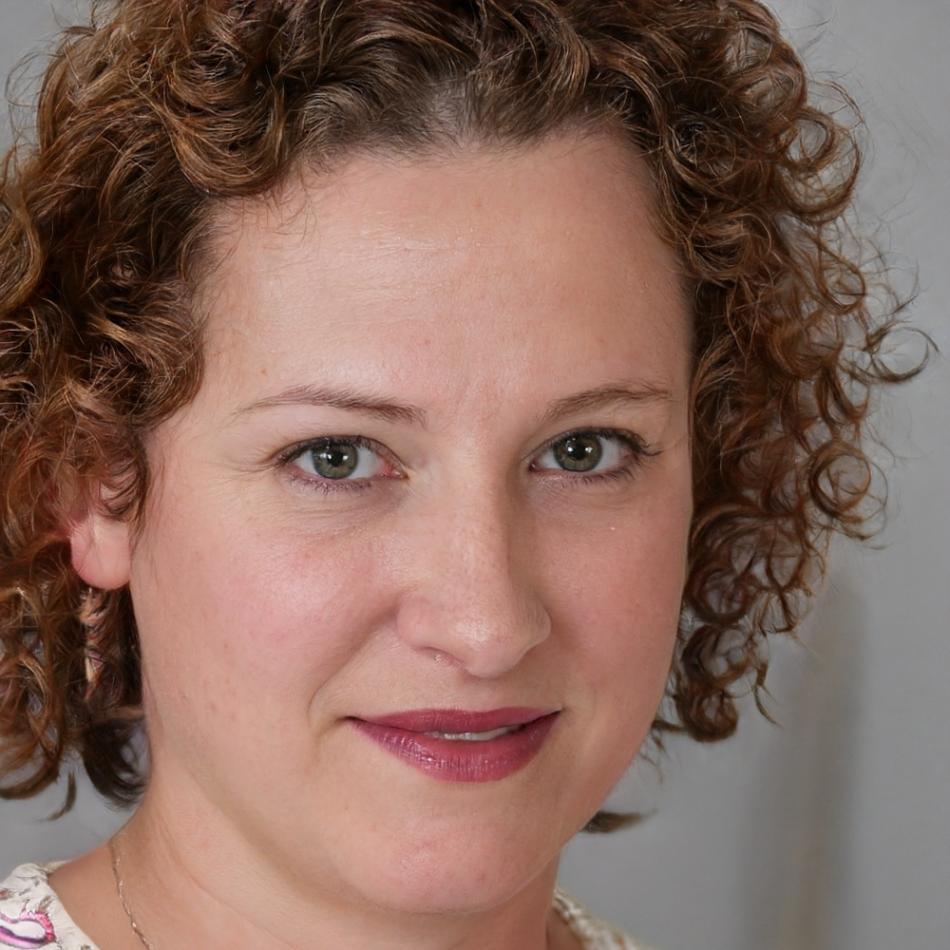Investment Questions Answered
We get it. The world of investment instruments can feel overwhelming when you're first starting out. Or even when you've been at it for a while. Over the years, we've heard the same questions come up again and again from clients across Canada—questions about how different instruments actually work, what risks you're taking on, and how to structure a portfolio that makes sense for your situation.
So we've compiled the answers here. These aren't generic responses pulled from textbooks—they're based on real conversations we've had with people navigating similar decisions. If something still isn't clear after reading through this, reach out. We're always happy to talk through specifics.
Getting Started
What's the actual difference between stocks and bonds?
Stocks represent ownership in a company. When you buy shares, you own a small piece of that business. Bonds are loans—you're lending money to a company or government, and they pay you interest. The key difference? Stocks can grow (or shrink) based on company performance. Bonds give you predictable income but less growth potential.
How much should I invest to start seeing real results?
There's no magic number. Some people start with $500, others wait until they have $5,000. What matters more is consistency. Investing $200 monthly often works better than dropping $2,400 once a year. It's about building the habit and letting compound growth do its thing over time.
Should I focus on Canadian investments or go international?
Both. Canadian markets are great, but they're heavily weighted toward financials and resources. Adding international exposure—especially U.S. and emerging markets—gives you access to tech, healthcare, and other sectors that aren't as prominent here. Diversification across borders often smooths out volatility.
Risk Management
How do I know if I'm taking on too much risk?
If market dips keep you awake at night, that's a sign. Risk tolerance isn't just about age or income—it's emotional. A good test: imagine your portfolio dropping 20% in a month. If that thought makes you panic, you might want to dial back the aggressive positions and add more stable instruments.
Are ETFs really safer than individual stocks?
They're more diversified, which spreads out risk. But "safer" depends on the ETF. A broad-market index ETF is generally less volatile than betting on a single tech startup. That said, sector-specific ETFs can swing just as wildly as individual stocks if that sector takes a hit.
What happens if a company I've invested in goes under?
If you hold stock, you could lose your investment—shareholders are last in line during bankruptcy. Bondholders have a better shot at recovering something. This is why diversification matters. One failure shouldn't wreck your whole portfolio if you've spread things out properly.
Portfolio Strategy
How often should I rebalance my portfolio?
Once or twice a year is typical. When stocks surge, they might suddenly represent 80% of your portfolio instead of your target 60%. Rebalancing means selling some of those gains and putting them into bonds or other assets. It feels counterintuitive but keeps your risk level consistent.
Should I try to time the market?
Most people can't do it successfully. Even professionals get it wrong. What tends to work better is staying invested through ups and downs rather than jumping in and out. Missing just a few of the market's best days can significantly hurt long-term returns.
What's the right mix of growth versus income investments?
Depends where you are in life. Early in your career, you can usually lean heavier into growth—stocks, equity funds. As you approach retirement, shifting toward income-generating instruments like dividend stocks or bonds makes sense. But there's no one-size-fits-all formula here.
Tax Considerations
What's the advantage of a TFSA versus an RRSP?
TFSAs give you tax-free growth and withdrawals—great for flexibility. RRSPs reduce your taxable income now, but you pay tax when you withdraw. If you expect to be in a lower tax bracket in retirement, RRSPs can work well. TFSAs shine when you might need the money sooner or want tax-free income later.
How are dividends taxed in Canada?
Canadian dividends get preferential tax treatment through the dividend tax credit. Foreign dividends don't—they're taxed as regular income. This matters when deciding between Canadian dividend stocks and international options. Always worth running the numbers with your specific tax situation.
Do I need to report every trade I make?
For taxable accounts, yes. Capital gains and losses need to be tracked. Most brokers provide tax summaries, but you're responsible for accuracy. Inside TFSAs and RRSPs, trades don't trigger immediate tax events—that's one reason they're popular for active investors.

Petra Lindström
Senior Investment Advisor
Petra has spent the last fourteen years helping Canadians build portfolios that actually match their risk tolerance. She's known for cutting through jargon and explaining complex instruments in ways that make sense.

Ingrid Voss
Portfolio Strategy Specialist
Before joining our team in 2019, Ingrid worked with institutional investors. Now she brings that analytical approach to individual clients, focusing on long-term strategy over short-term speculation.
What Our Team Hears Most Often
These are the questions that come up in nearly every initial consultation. They're smart questions—the kind that show someone is thinking seriously about their financial future rather than chasing quick wins.
Can I really trust that my investments are secure?
Security means different things depending on the instrument. Your brokerage account is insured through CIPF up to certain limits, protecting you if the firm fails. But market risk—the chance your investments lose value—that's always present. We can't eliminate that risk, only help you manage it through proper diversification and strategy.
What if I need to access my money quickly?
Most stocks and ETFs can be sold within seconds during market hours, with funds available in a few days. Bonds and certain mutual funds might take longer. This is why we always recommend keeping an emergency fund separate from investments—so you're not forced to sell during a market dip when you need cash.
How do I know which instruments are right for my situation?
It starts with understanding your timeline, risk tolerance, and what you're investing for. Someone saving for a house in three years needs a different approach than someone building retirement savings over twenty-five years. There's no universal answer—it has to be tailored to you specifically.

Before Investing, Consider These Points
Your Time Horizon Matters
Money you'll need in two years shouldn't be in the same instruments as money you won't touch for twenty. Short-term goals need stability. Long-term goals can handle more volatility because you have time to ride out market cycles.
Understand What You're Buying
If you can't explain an investment in simple terms, you probably shouldn't own it. Complex structured products and derivatives have their place, but only when you truly understand how they work and what could go wrong.
Fees Compound Too
A 2% annual fee might not sound like much, but over decades it can cost you hundreds of thousands in lost growth. Always know what you're paying and whether you're getting value for it. Lower-cost index funds often outperform expensive actively managed ones.
Review Regularly, But Don't Obsess
Checking your portfolio daily usually does more harm than good. Quarterly reviews are enough for most people. Annual deeper dives to rebalance and adjust strategy. Constant monitoring leads to emotional decisions that hurt long-term performance.
Still Have Questions?
This page covers the most common questions, but everyone's situation is different. If you want to talk through your specific circumstances or explore which investment instruments might work for you, we're here to help. No obligation, no pressure—just a conversation about your options.
Get In Touch